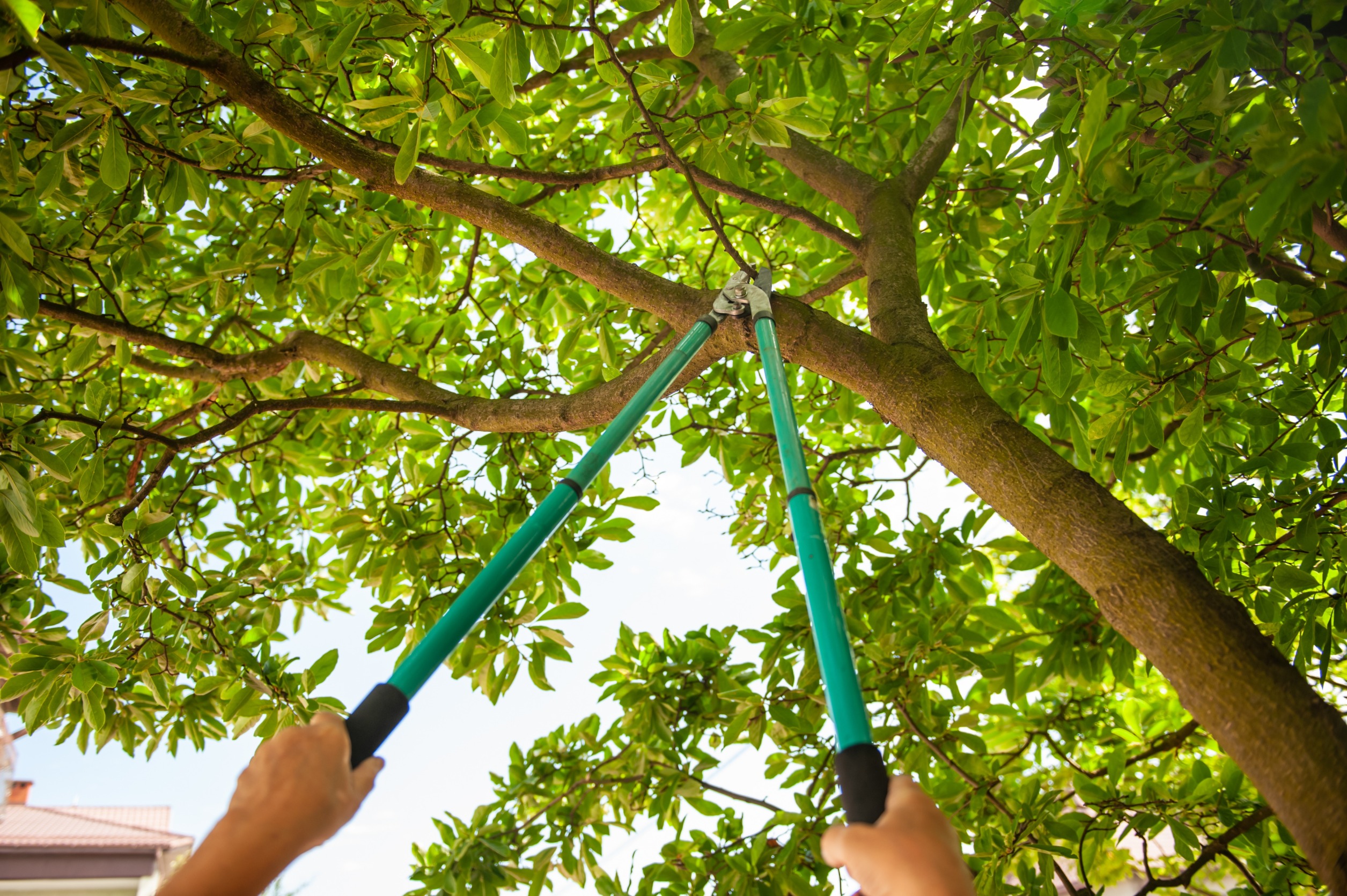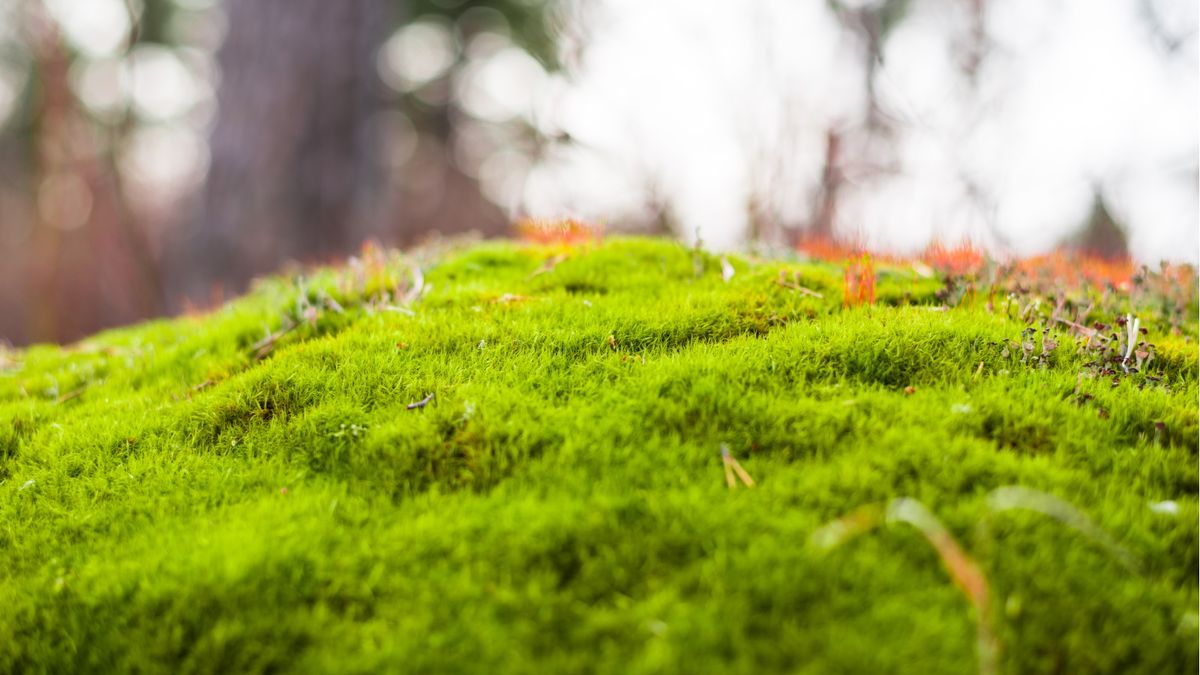Scott Seargeant | Source | Seargeant Landscape & Arboriculture

Scott Seargeant
As an award-winning International Consulting Arborist, my expertise lies in diagnosing tree conditions, providing treatment, recommendations, selecting appropriate trees for planting, and offering guidance on post-planting tree care. My services encompass a wide range of activities such as tree selection, specialized fertilization, pruning, irrigation system improvement, root zone management, pest and disease control, among others. I am recognized as a skilled tree care specialist.
I am a published author of many articles and the book Allergy Free Living about the plants that are allergy free (from pollen) and exposing the plants that cause allergies.
Along with my expertise in trees I own a full service landscape installation company featuring design, consultation, and installation of beautiful landscapes.
I am a graduate of Cal Poly State University, San Luis Obispo, Ca. I also have lifelong experience in photography.
-
To prune or not to prune: expert advice for healthy tree growth | The Optimist Daily
Pruning with precision: expert tips for pruning at the right time for your trees' optimal health.
Article -
When and how to prune a palm tree – plus which part never to cut back
We reveal the right way to prune a palm tree to protect its health and keep it safe
Article -
Types of moss – 5 evergreen plants for ground cover, containers and more
Moss is a versatile plant to grow, bringing interesting color and texture to a range of planting schemes
Article
-
Expert Tips for Fertilizing and Maintaining Bermuda Grass
Scott advises, "Moderation is best" when using nitrogen-based fertilizers. He recommends mowing at lower heights to encourage growth and prefers mulching to recycle nutrients. For optimal results, Scott uses ammonium sulfate and a triple 15 fertilizer during warm months. His expertise ensures a vibrant lawn with regular care. -
Tillers vs Aerators: Expert Insights from Scott Seargeant
Scott explains that tillers are "gas-powered machines that loosen soil," ideal for initial landscaping, while aerators "punch holes for water penetration" on established lawns. Tillers range from $300 to $4,000, and aerators from $300 to $13,000. Renting is often more economical. Choose based on your garden's needs and stage. -
Digging Safely: Expert Tips on Locating Buried Utility Lines
Scott advises calling 811 before digging to locate electrical, gas, water, and cable lines. "Allow 2 feet on each side of a marked utility line," he says. Use curb markings and utility boxes for guidance. Lines may not run straight; use a utility locator for accuracy. Depths vary: sewer, gas, and water lines are 2-4 feet deep, electricity 2-3 feet, and cable 1 foot.
-
The best ways to securely hang Christmas lights – both inside your home and out
Homes & Gardens - By Chiana DicksonHow to Hang Indoor Tree Lights
Scott Sergeant, expert landscaper and owner of Seargeant Landscape & Arboriculture says, 'I have a unique way of putting lights on a Christmas tree. Start by folding a Christmas lights string in half. Then gently pull the strand up from the bottom of the tree along the trunk all the way to the top.'Some adjustments may be needed depending on the length of the strand and the height of the tree. Putting a strand or two along the trunk gives the tree depth. It lights up the center of the tree and really makes a tree shine.'
Scott continues, 'Another tip when putting lights on the outside of the tree. Do not wind the lights around and around the tree in a spiral fashion. This makes it harder to remove when taking the lights off after the holiday. Instead, start putting on the lights in the back of the tree.'
He advises instead to work your way around the tree until you get to the back again. 'Then go up a few inches and reverse direction until you get to the back of the tree and again go up a few inches and reverse direction. Keep doing this until you get to the top,' Scott says.'
Doing it this way means when it comes to removing the lights after Christmas, all you have to do is find the end and gently pull the light strand. 'It will unravel from the tree without having to go round and round,' Scott advises. 'It literally takes 15 seconds to remove the lights when done this way.'
-
Lichen vs moss – what's the difference?
Homes & Gardens By Tenielle Jordison'Lichens come in many colors (yellow, red, orange, blue and grey) and a few different shapes,' says horticulture expert Scott Seargeant. 'In comparison, mosses generally grow in clumps that are green when moist,' he notes.
'Lichens are much harder and many are flatter than moss, although some lichens are stringy,' says Scott. 'Lichens on rocks are flat, on trees they are stringy,' he explains.
Moss, on the other hand, is much softer and spongier than lichen. 'Moss generally grows up to two inches tall,' says Scott.'Moss grows in moist shady areas,' Scott notes. 'It is often an understory plant. They also grow on rocks, trees, concrete, walls and other moist shady places,' he adds.
Many gardeners choose to grow moss in their yard as a ground cover plant for shade. They're versatile plants to use and, as Scott notes, can also grow vertically on trees and walls.
Lichens have a slightly bit different growth habit. While Scott notes they are also found on 'rocks, trees, walls, and roof tops,''One part bleach and 10 parts water will kill lichen. There are also some commercial products available to kill lichens and vinegar will work, too,' says horticulture expert Scott Seargeant. This vinegar weed killer from Amazon will work well, for example.
A quick tip for gardeners wanting to grow more lichens in their yard: 'Mix yogurt with water 1:1 and use a paint brush to apply it to boulders that already have lichens,' says Scott. 'They will spread and fill in faster,' he explains.
Scott Seargeant
Horticulture Expert
Scott is an International Consulting Arborist specializing in diagnosing tree conditions, providing treatment, recommendations, selecting appropriate trees for planting, and offering guidance on post-planting tree care. His services encompass tree selection, specialized fertilization, pruning, irrigation system improvement, root zone management, and pest and disease control. -
Do NOT Buy a House If You See These Plants in the Yard
House Beautiful By Emily Shiffer Sep 29, 2024Bermuda grass has often been used as turf grass in warmer climates, explains Scott Seargeant, International Consulting Arborist and owner of Seargeant Landscape & Arboriculture, but that's a mistake. “It is extremely invasive and must have a border around it to keep it in check. And it often breaches its borders,” he says. “It must be mowed weekly to keep the seed from producing and blowing into your flowerbeds. Most eradication is with systemic herbicides.”



